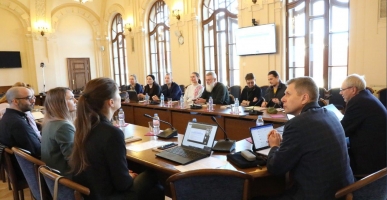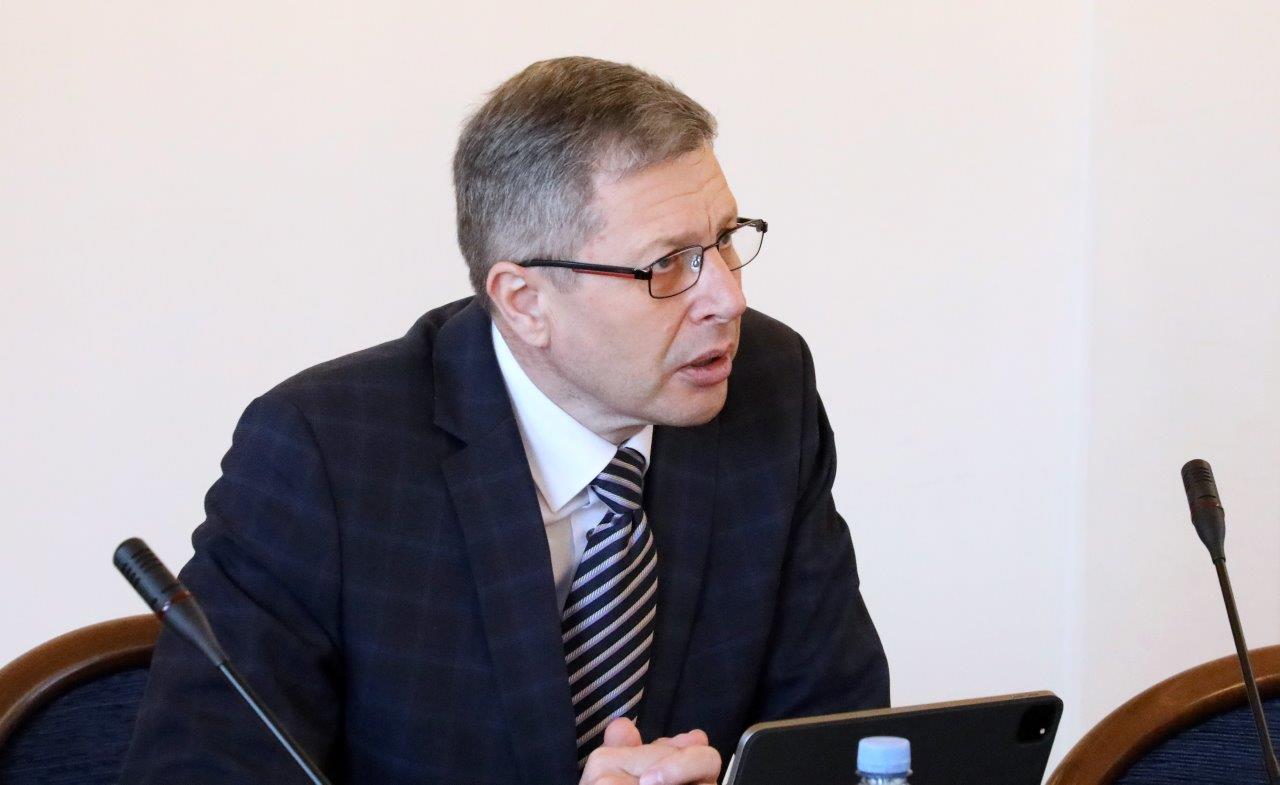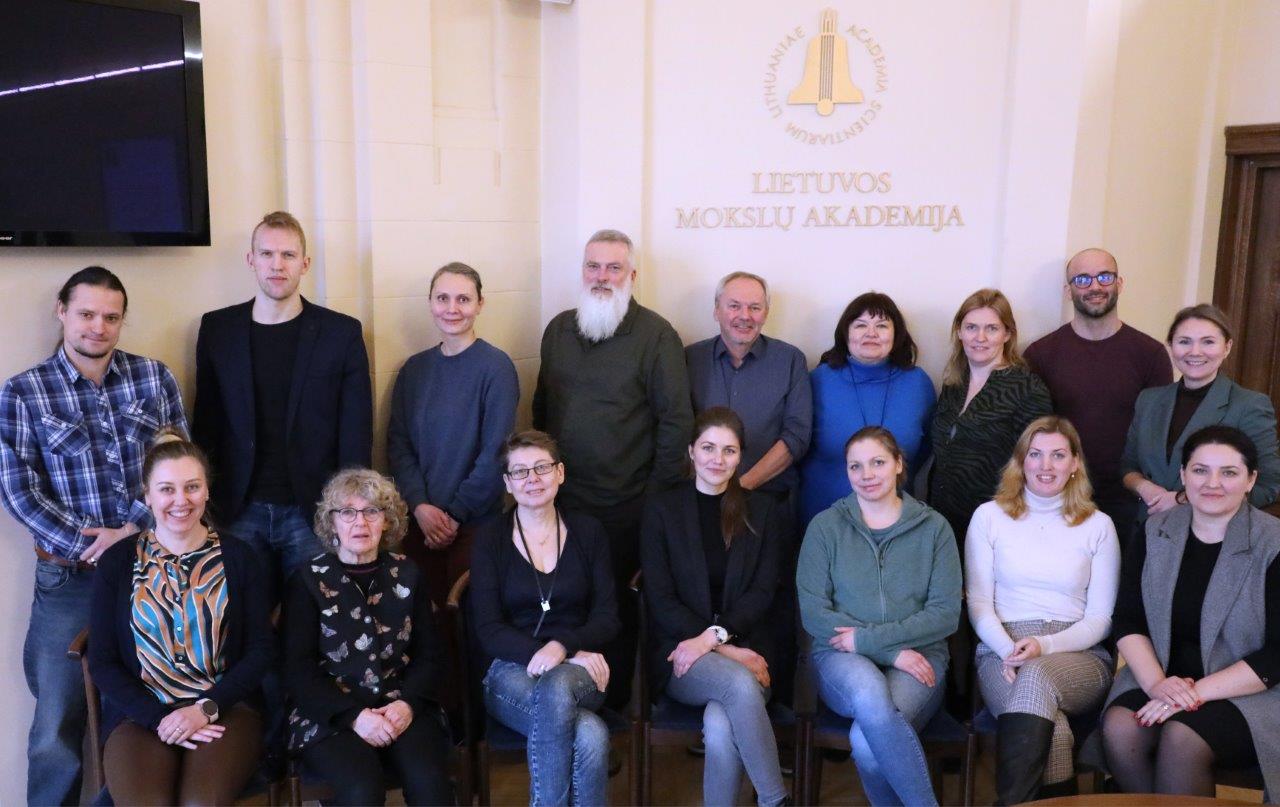Events
New Approaches in Determining the Impacts of Chemical Pollution to Protect the Biodiversity of the Baltic Sea
20 02 2023
On 14–15 February, a meeting of scientists from Finland (Prof. Kari Lehtonen, Dr Raisa Turja), Sweden (Prof. Joachim Sturve, Prof. Elena Gorokhova, Prof. Brita Sundelin, Dr Gastón Alurralde), Poland (Prof. Ksenia Pazdro), Estonia (Dr Ivan Kuprijanov, Dr Natalja Kolesova), Latvia (Dr Ieva Bārda, Dr Evita Strode), and Lithuania (Dr Milda Stankevičiūtė, Dr Tomas Makaras, Dr Gintarė Sauliutė, Dr Roberta Valskienė, Dr Janina Pažusienė) took place at the Lithuanian Academy of Sciences. Prof. Sigitas Podėnas, director of the Nature Research Centre, opened the meeting that was organised by the Nature Research Centre and the Division of Biological, Medical, and Geosciences of the Lithuanian Academy of Sciences.

Chemical pollution represents one of the main threats to the marine environment of the Baltic Sea, negatively affecting the health of its biota and vital ecological functions and endangering its biodiversity. To achieve a good environmental status, regulatory efforts including the Water Framework Directive and Marine Strategy Framework Directive rely on ecological and chemical assessments. However, the essential link between the chemical assessment based on the concentrations of contaminants, and ecological assessment based on the status of communities is the assessment of the biological effects of contaminants, and this is currently largely missing from the frameworks. Moreover, chemical assessment alone is insufficient for protecting wild populations since it considers only selected and few substances thus neglecting numerous other potentially harmful chemicals and the hazards related to contaminant mixtures. Increasing evidence shows that effect-based methods such as biomarkers and bioassays can provide a powerful tool to discriminate chemical toxicity from other possible causes of biodiversity decline and serve as an early warning of the potential threats. The Detect2Protect (‘New Approaches in Determining the Impacts of Chemical Pollution to Protect the Biodiversity of the Baltic Sea’) project examines the relationships between chemical contamination and loss of biodiversity and provides tools for risk assessment in different parts of the marine environment of the Baltic Sea.

Dr. Milda Stankevičiūtė, Nature Research Centre
Photographed by Virginija Valuckienė
